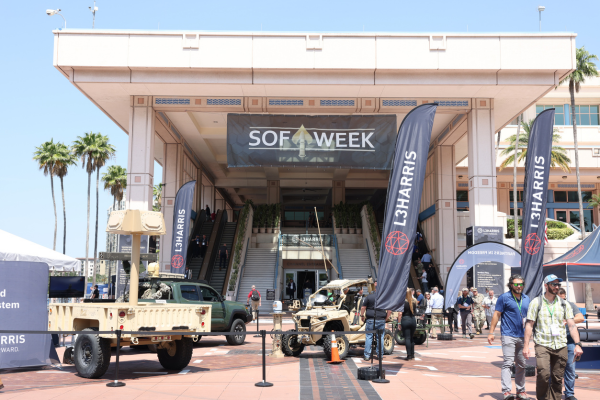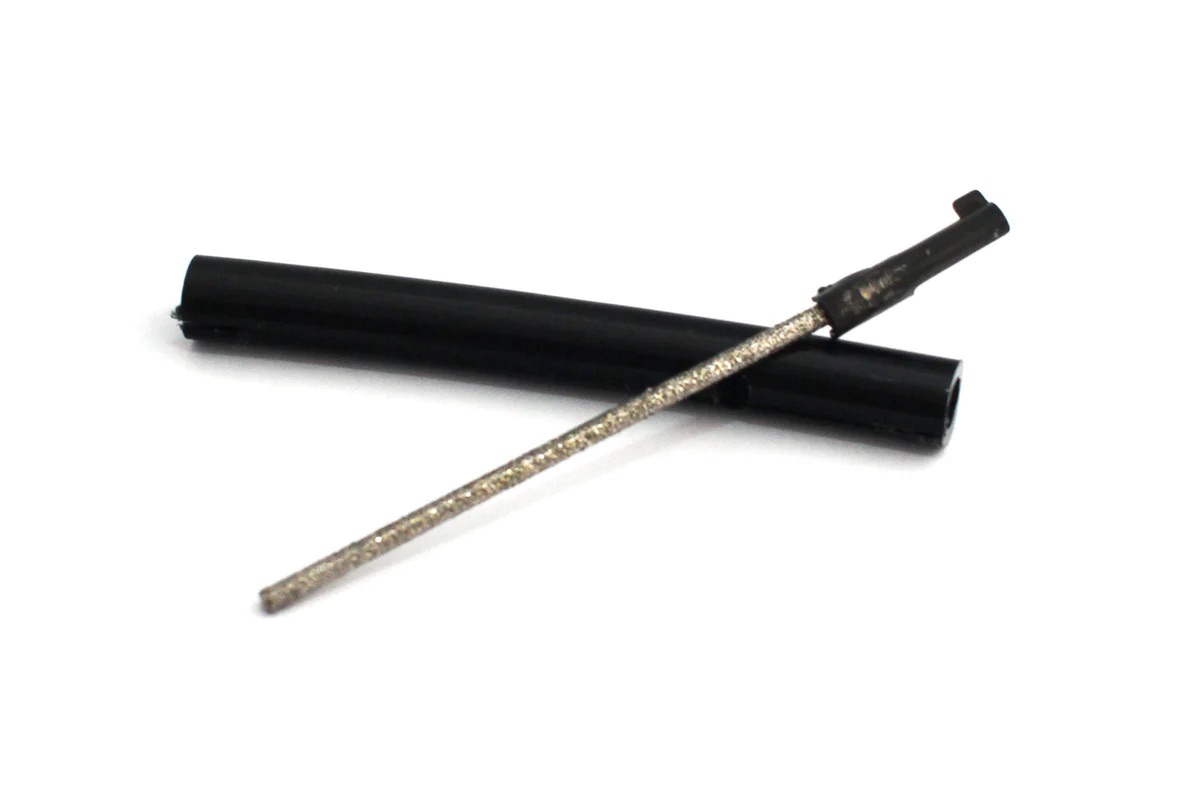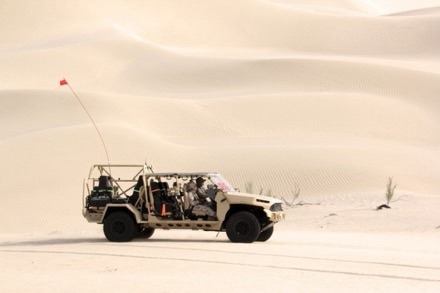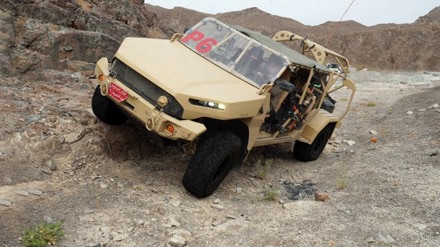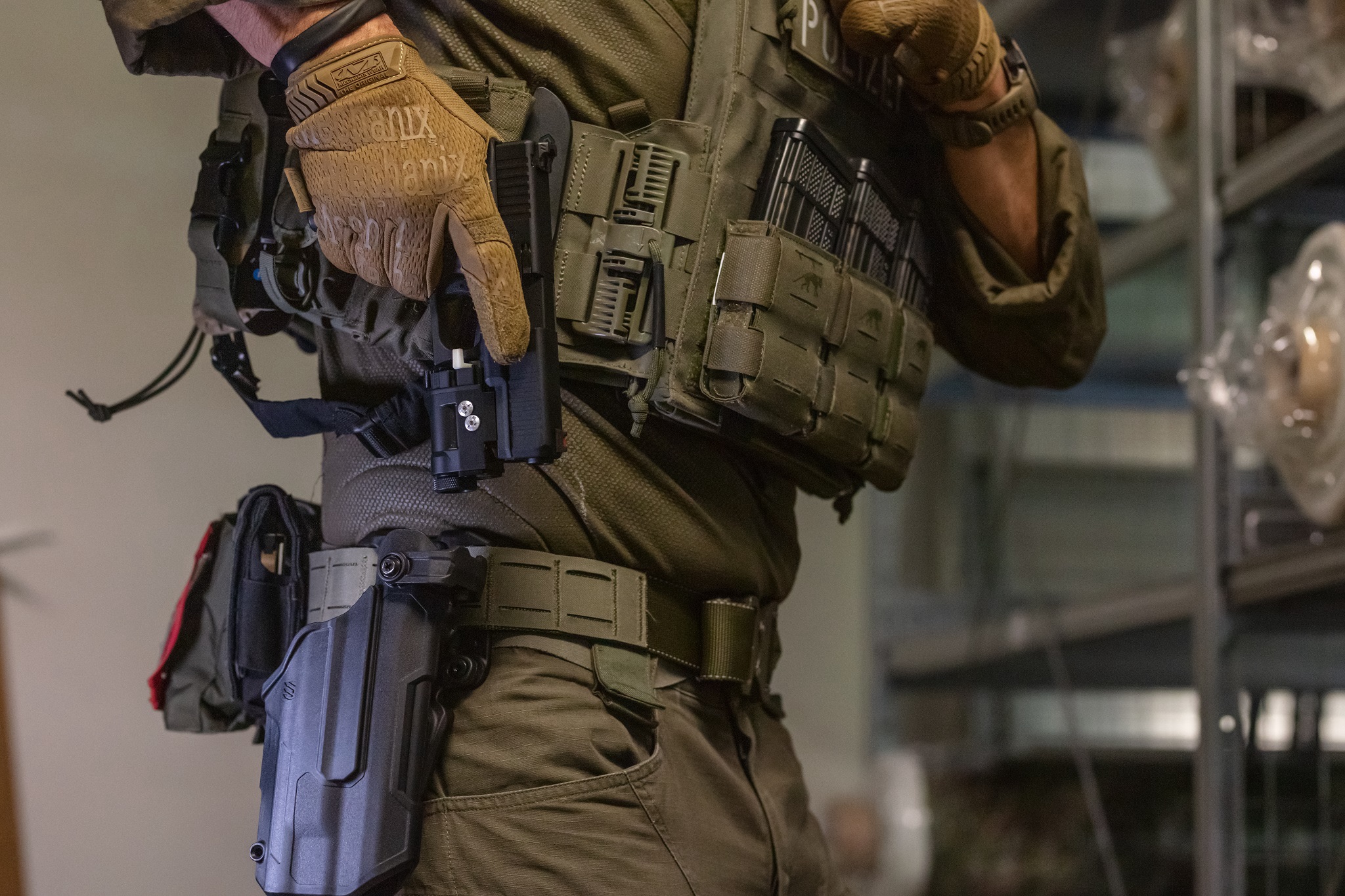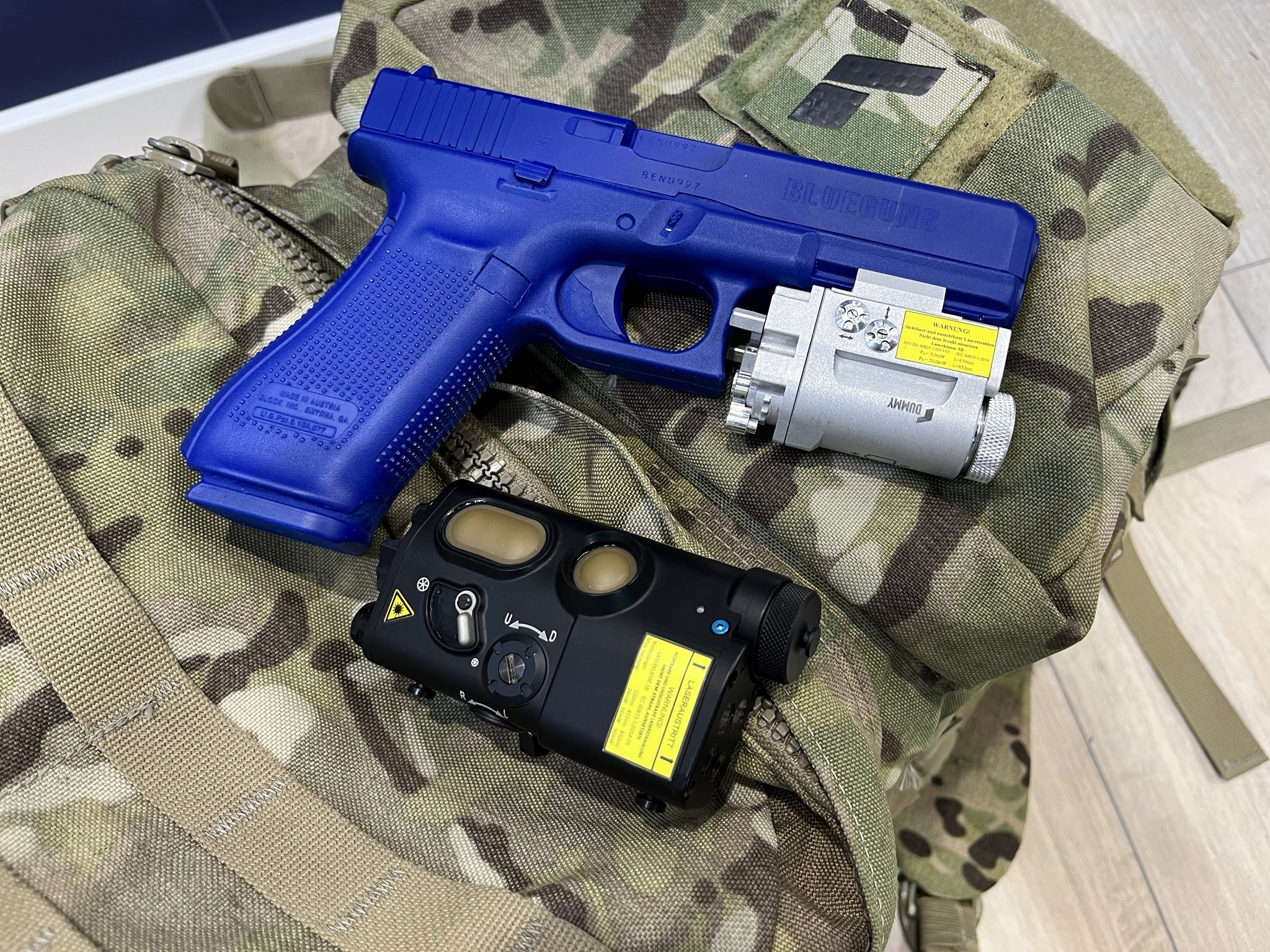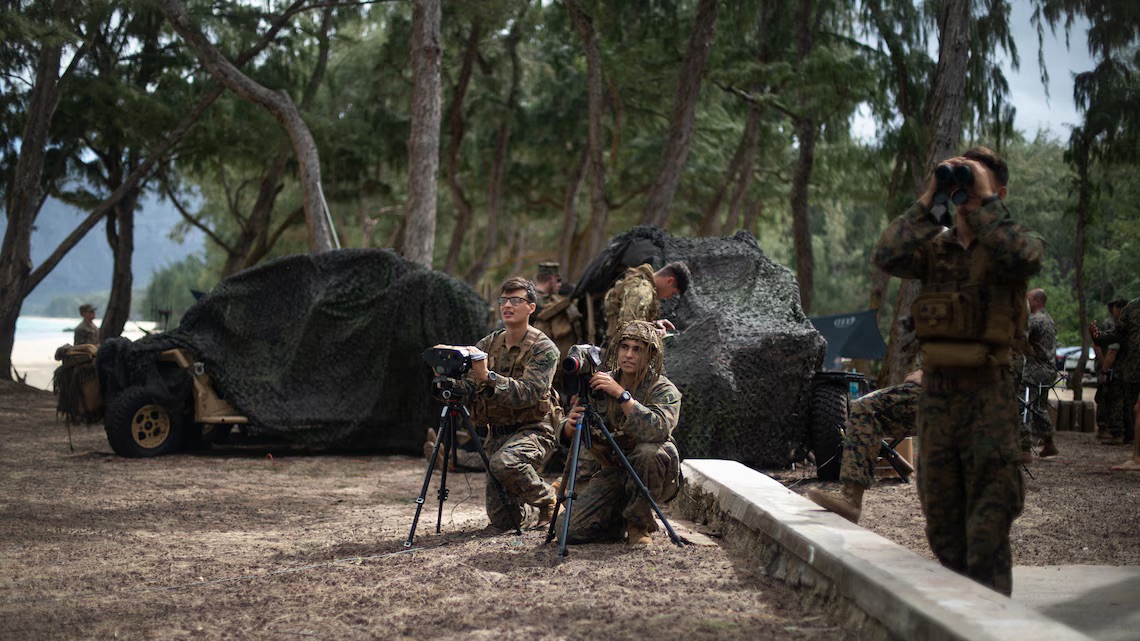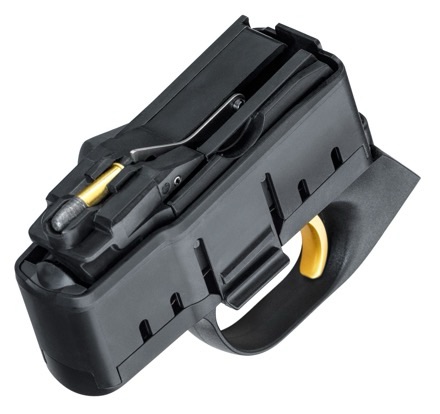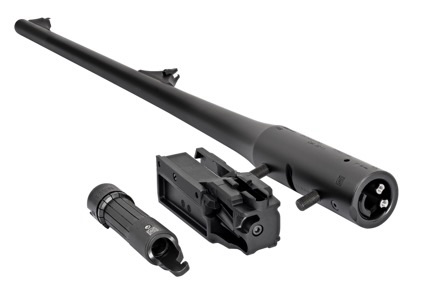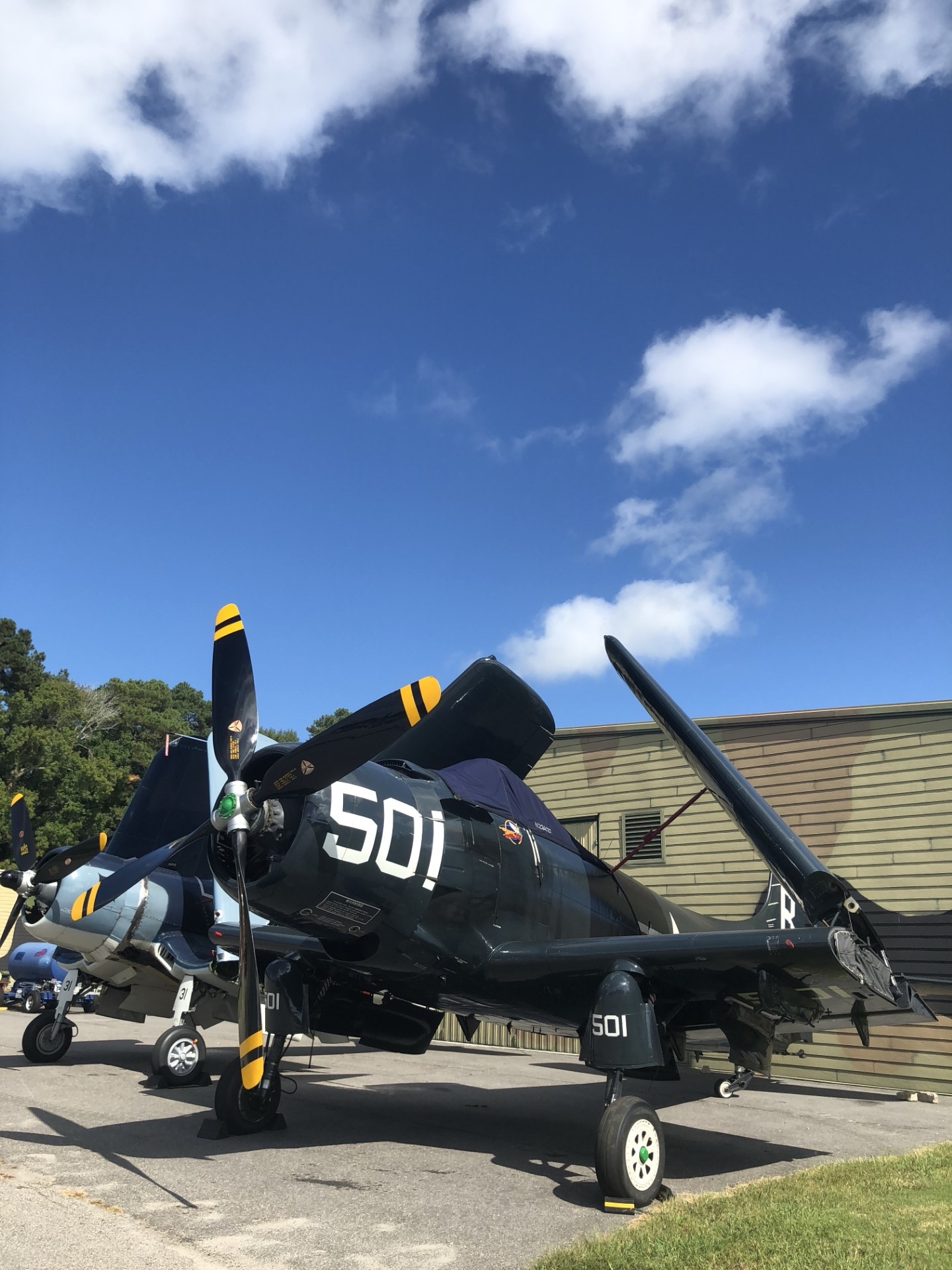RICHMOND, Va. (March 7, 2024) — German Precision Optics expands its RANGEETRACKER™ line by introducing the new RANGETRACKER 2000. This new compact, lightweight, one-handed rangefinder allows the hunter to accurately range its target to 2000 yards with one of the fastest laser rangefinding systems on the market.
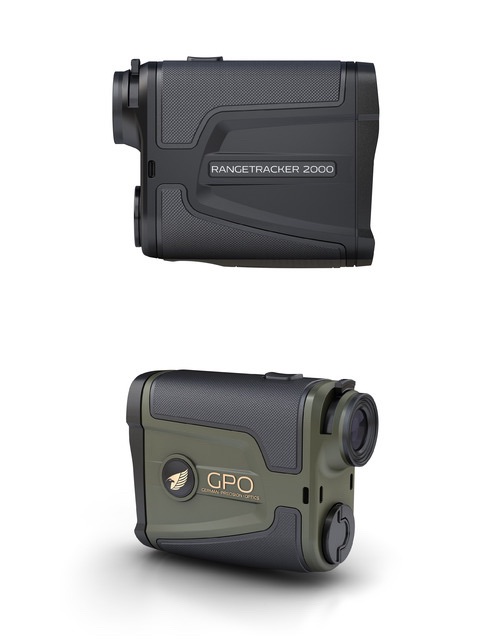
The GPO RANGETRACKER 2000 handheld rangefinder incorporates crystal clear optics that allow absolute aiming options and modern electronic technology, wrapped into a small, durable, multi-use rangefinding tool. It will work perfectly for extended-range hunting opportunities with its 2000-yard distance and close-up at 6 yards for the archer.
Enhancing the performance of the RANGETRACKER product line is its new OLED red-illuminated display readout. This illuminated display has multiple brightness settings that can be set so the readout is visible in the lowest light condition or turned off for a black LCD readout on sunny days.
Like the popular GPO RANGETRACKER 1800 that was introduced in 2021, the new RANGETRACKER 2000 includes a high-transmission optical system coated with GPO’s proprietary GPObright™ lens coatings, both line of sight and True-range™ adjusted angle distance readings, a Hyperscan™ feature that provides three readings per second and Targetseeker™ technology that offers “best” and “last” laser hits.
The RANGETRACKER 2000 has an MSRP price of $499.99. As is the case with all GPO offerings, our exceptional rangefinders are backed by our unmatched Spectacular Lifetime Warranty™. These outstanding products are accessible through GPO USA dealers across the nation or conveniently online at www.gpo-usa.com, where you will also find a comprehensive selection of our high-quality riflescopes, binoculars, spotting scopes, laser rangefinders, accessories, and more. For further details on this product line, contact GPO at 1-844-MY-BINOS (692-4667) or visit www.gpo-usa.com.



